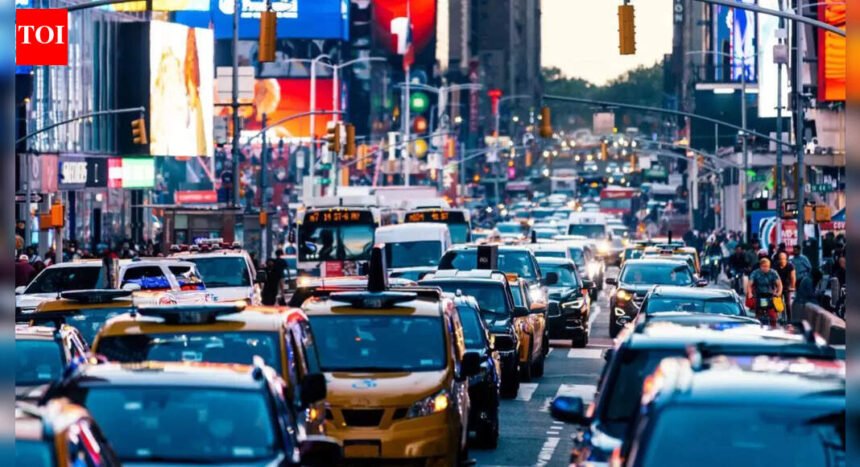New York City has identified a series of Gridlock Alert Days for 2025 that mark the periods when traffic congestion reaches its absolute peak. These dates typically align with major city events and seasonal travel surges that historically cause severe delays. The DOT is urging New Yorkers to avoid driving on these high-congestion days and instead use public transport, cycling or walking whenever possible.
What gridlock means for New Yorkers
The term gridlock, coined in New York City, refers to the kind of extreme congestion that clogs intersections and brings traffic to a standstill. This remains a familiar sight in Manhattan’s busiest corridors. Despite the city’s heavy vehicle load, most New Yorkers rely on alternatives including the 24/7 subway system, buses, regional rail, ferries, cycling routes and pedestrian networks.Gridlock Alert Days are intended to help travellers plan ahead, reduce unnecessary driving and ease pressure on some of the densest traffic zones in the United States.
The official 2025 Gridlock Alert Days
The DOT has identified the following dates as the most congestion heavy of the year:
- Wednesday, November 19
- Thursday, November 20
- Tuesday, November 25
- Wednesday, December 3
- Thursday, December 4
- Friday, December 5
- Monday, December 8
- Tuesday, December 9
- Wednesday, December 10
- Thursday, December 11
- Friday, December 12
- Monday, December 15
- Tuesday, December 16
- Wednesday, December 17
- Thursday, December 18
New bike infrastructure aims to ease congestion
Alongside its traffic alerts, the NYC DOT highlighted progress on one of its major cycling upgrades, the First Avenue Tunnel protected bike lane, completed last autumn. This permanent lane, inspired by a successful temporary UNGA bike route, runs through the tunnel near the United Nations headquarters and is the first tunnel in the United States to be repurposed for bicycle traffic while still allowing vehicle use.With a sturdy barrier separating cyclists from cars, the lane provides a safer, express style route that bypasses busy intersections. It has also helped streamline vehicle movement by organising traffic inside the tunnel and on the avenue above.
A push for smarter and greener travel
Between improved cycling infrastructure, transit accessibility and detailed gridlock forecasting, the DOT is encouraging New Yorkers to rethink their travel patterns on the city’s busiest days. Whether commuting for work, running errands or travelling for recreation, residents are being advised to leave the car at home whenever possible.







